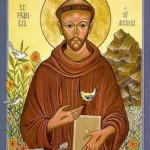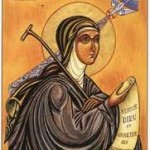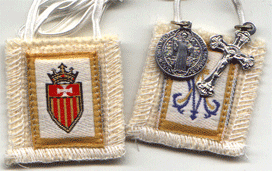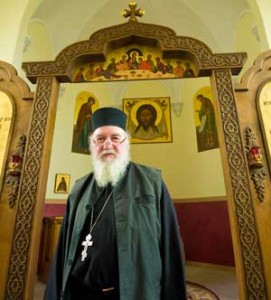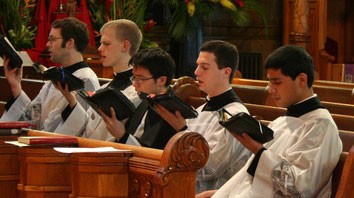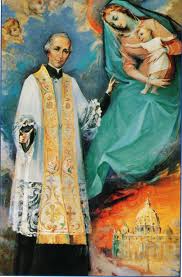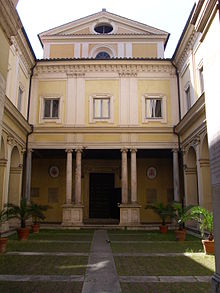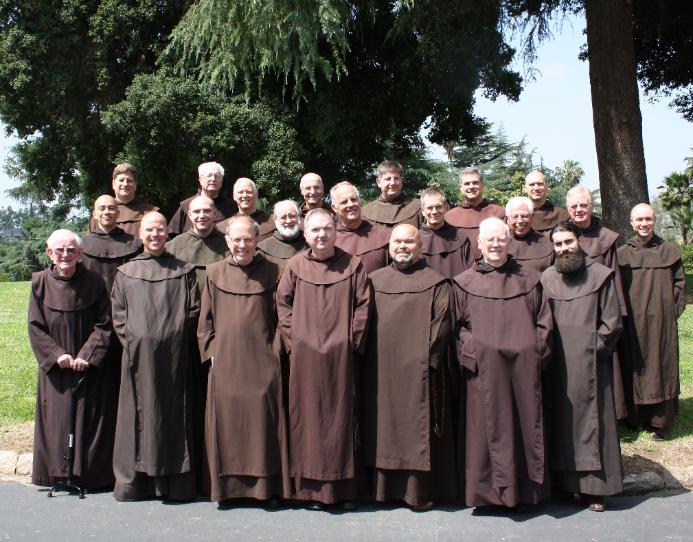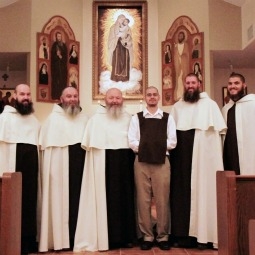 Last year, the Dominican Province of St. Joseph made a vocation Video called “Leaving All Things Behind.” The YouTube version has just exceeded 10,000 views!
Last year, the Dominican Province of St. Joseph made a vocation Video called “Leaving All Things Behind.” The YouTube version has just exceeded 10,000 views!
In 2010, the Province accepted its largest class of Novices in 44 years. This year they have 50 friars in formation! The Province of St. Albert the Great also had its largest class of novices in many years.
The Province of St. Joseph has a two hundred year legacy of service to the Church. Friars serve as pastors and parochial vicars in parishes in New York, Rhode Island, Connecticut, Maryland, Virginia, the District of Columbia, Ohio, and Kentucky; as teachers, campus ministers, and administrators in colleges, universities, and seminaries; as itinerant preachers, traveling to parishes and schools throughout the country; and as chaplains to monasteries and convents.
May St. Dominic continue to bless the Dominicans with vocations and may Our Lady of the Rosary inspire them with a deep love for God and His Church.
